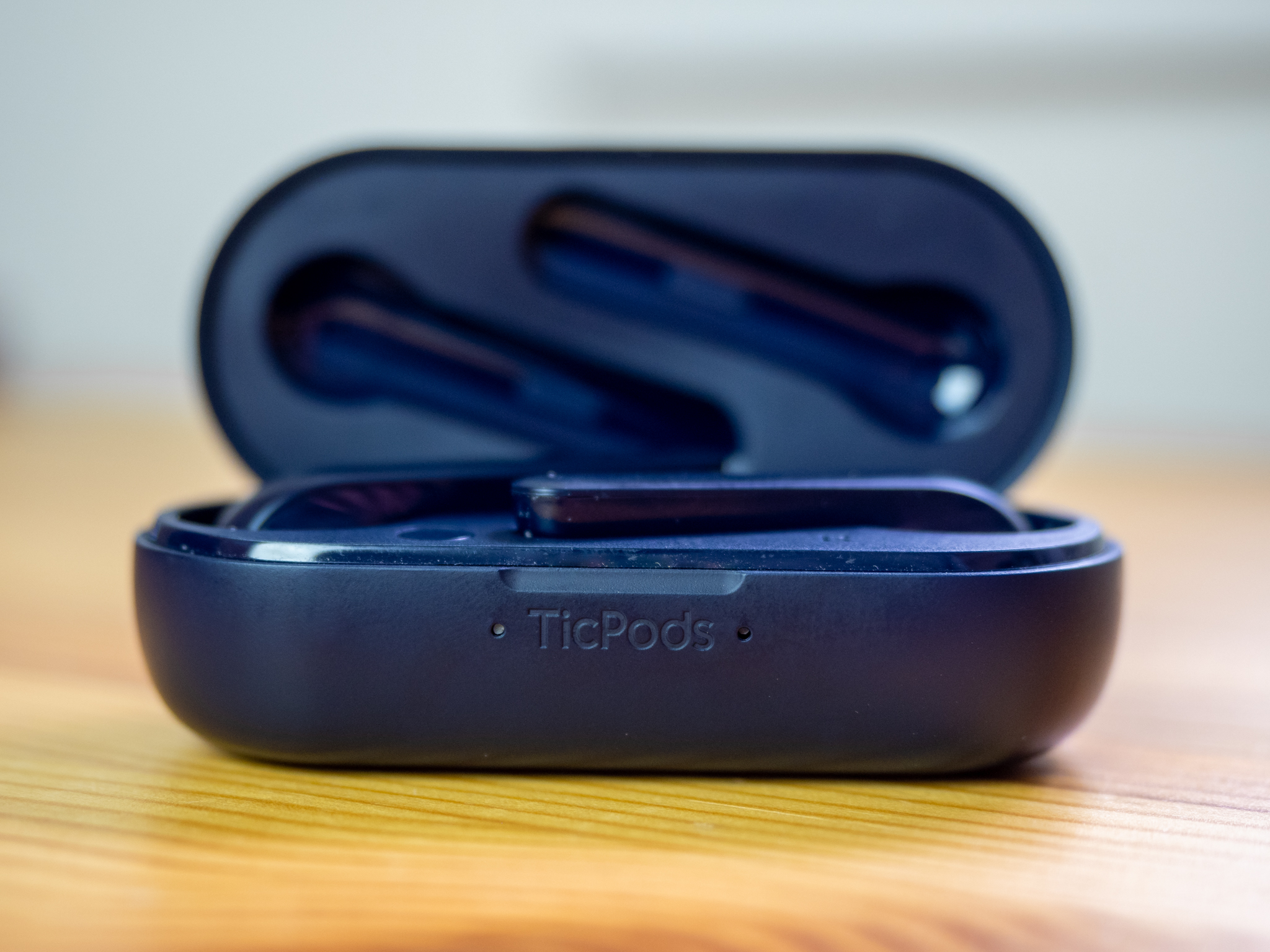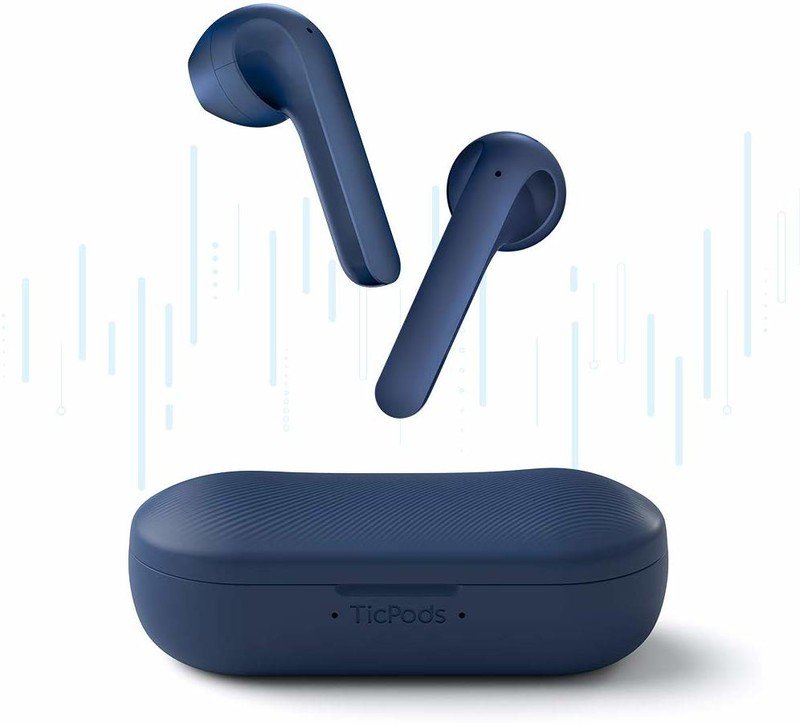Android Central Verdict
Bottom line: Mobvoi's latest true wireless earbuds try to turn a bunch of interesting ideas into a fully-fledged product, but fail to capitalize on the fundamentals of what makes a good pair of headphones.
Pros
- +
Small and comfortable
- +
Decent sound in quiet environments
- +
Solid connectivity
- +
Support for Qualcomm's aptX HD codec
Cons
- -
Lack of isolation is problematic in noisy environments
- -
AI features are limited and gimmicky
- -
Only left bud works in mono
- -
Disappointing battery life
- -
Too expensive for what you get
Why you can trust Android Central
There's no shortage of true wireless earbuds to choose from these days, but that hasn't stopped Chinese hardware startup Mobvoi, most well-known for its growing line of TicWatch smartwatches, from trying to make a splash in the nascent market.
With its TicPods 2 Pro, the company has tried to offer what it thinks users want from a pair of TWEs: impressive portability, high-quality sound, and low-friction interaction at a relatively low price.
And it's done a fairly good job at building a case for its $140 offering. But the TicPods 2 Pro are lacking a couple of things that, at least to me in early 2020, can't be missing from this form factor.
TicPods 2 Pro A question of compromise
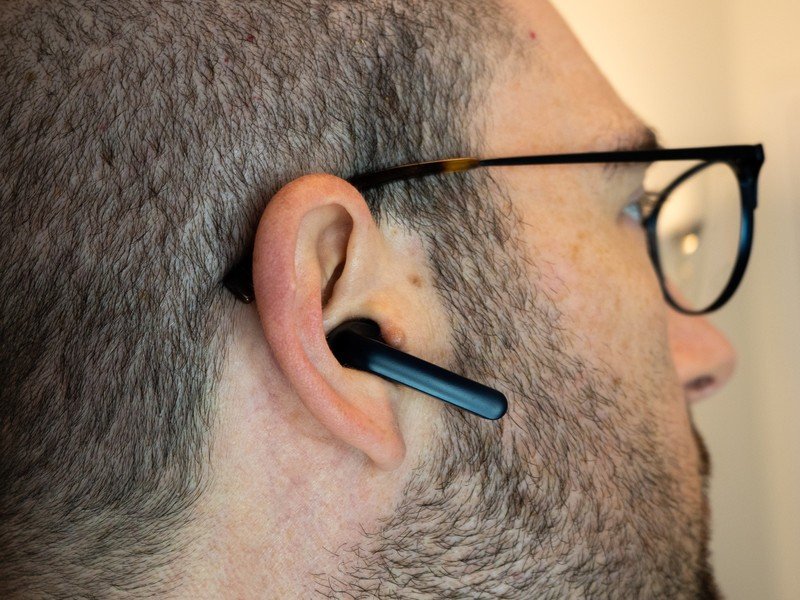
A resemblance to Apple's AirPods is certainly not uncommon across the TWE market: everyone from Huawei to Xiaomi to, now, Mobvoi, has found inspiration from Apple's now-iconic design.
The TicPods 2 Pro come in two colors the AirPods do not — blue and pink, along with the ubiquitous white — and the case (and the buds inside it) lies flat, opening across the length. Magnets hold both the case latch and the earbuds themselves in place, but they're much weaker than the ones found in the AirPods or Jabra's Elite 75t, feeling more like Samsung's Galaxy Buds. Flipping the case around with the buds inside is just asking for them to fall to the floor.
The lack of a silicone tip means there is almost no isolation, forcing you to ramp up the volume in noisy environments.
The buds also lack any silicone tip, an unwelcome reversal from the more isolating TicPods Free, but the company says, and I agree, that the quality of the driver itself is better than in the first version. Specifically, when you get the align the drivers properly, the sound is pretty good, with a well-rounded combination of boosted low-end, smooth but slightly recessed mids, and tuned-down highs to prevent sibilance.
But like the AirPods and TWEs with similar designs, the lack of silicone ear tips leaves your ears open to the machinations of the world around you, making it easy to converse with people without a dedicated "passthrough" mode, but nearly impossible to discern the minutiae of a popular song, or the subtleties of a person's voice, even with the volume blasted. Mobvoi told me during a meeting during CES 2020 that it decided to go with this design because of customer feedback from the TicPods Free, which had those isolating tips but lacked the ability to pipe in outside audio from microphones.
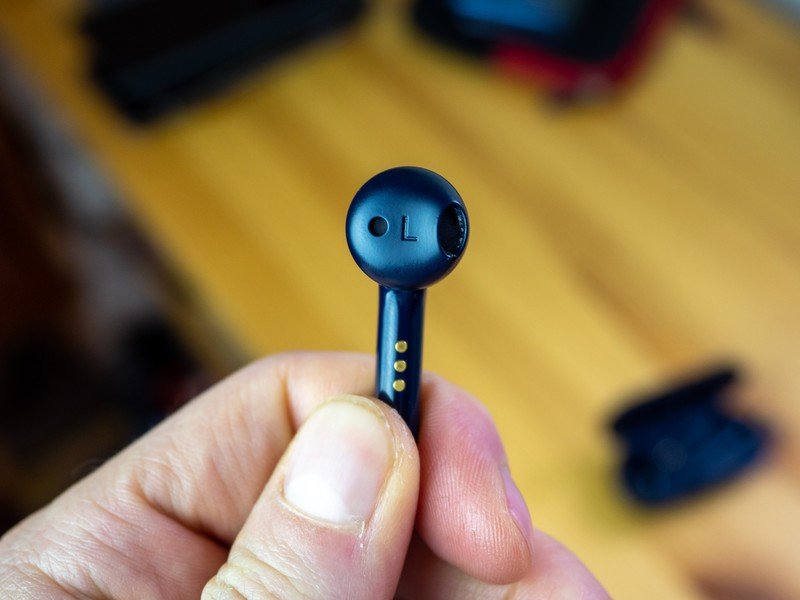
Unfortunately, this compromise all but ruins the TicPods 2 Pro from being used in public; even at the highest volume while connected to my Pixel 4 or Note 10, I couldn't make out a podcast host's voice or enjoy the instruments in my favorite music. And because much of the world's rumblings are in the lower registers — cars and buses rumbling by — the earbuds' bass, already diminished from the open design, all but disappears.
Yes, this is the same problem that affects Apple's AirPods and many other open earbud designs, but it's one Apple gets away with because the experience of using them, especially when paired with iOS-based devices, is enhanced. The question is whether Mobvoi can imitate those enhancements to make up for the sound issues.
I also acknowledge that many people don't want to be isolated when wearing earbuds, that there's a balance to be reached between accessibility and fidelity. But in my experience, combining passive isolation with a passthrough mode, which the Galaxy Buds offer for around the same price is a far more preferable solution.
When it comes to voice calls, the TicPods 2 Pro uses Qualcomm's CVC noise-canceling tech, employing microphones to cut down the background hubbub a caller hears on the other end. It does a decent job, and over the many calls I took wearing the buds no one complained about how my voice came across, but I constantly had to strain to hear the caller in the dissonance of public places.
TicPods 2 Pro You can call me AI
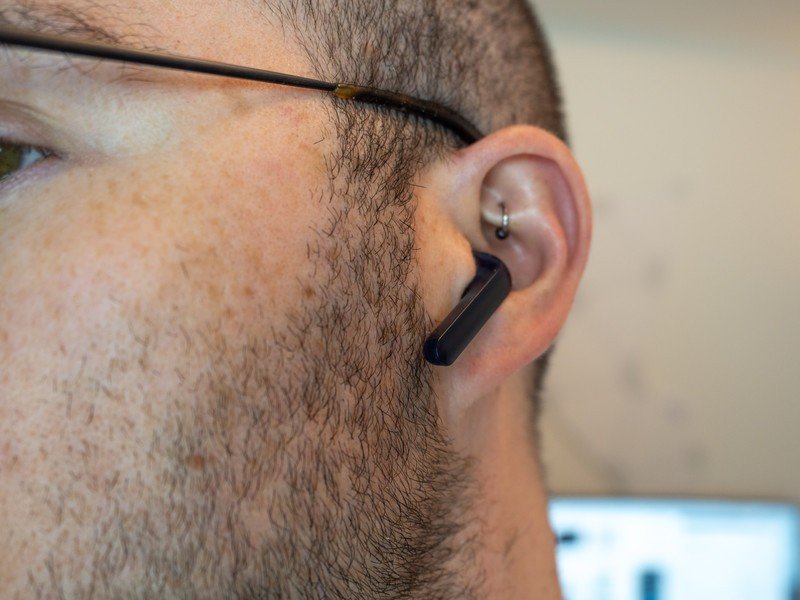
Mobvoi calls itself an AI company that happens to make hardware. So part of the value proposition of buying its products is the baked-in intelligence that comes from being able to do things other products can't.
Specifically, the Pro version of the TicPods 2 come with TicMotion and TicHear, two features that purportedly make it worth spending the extra $40 over the regular model.
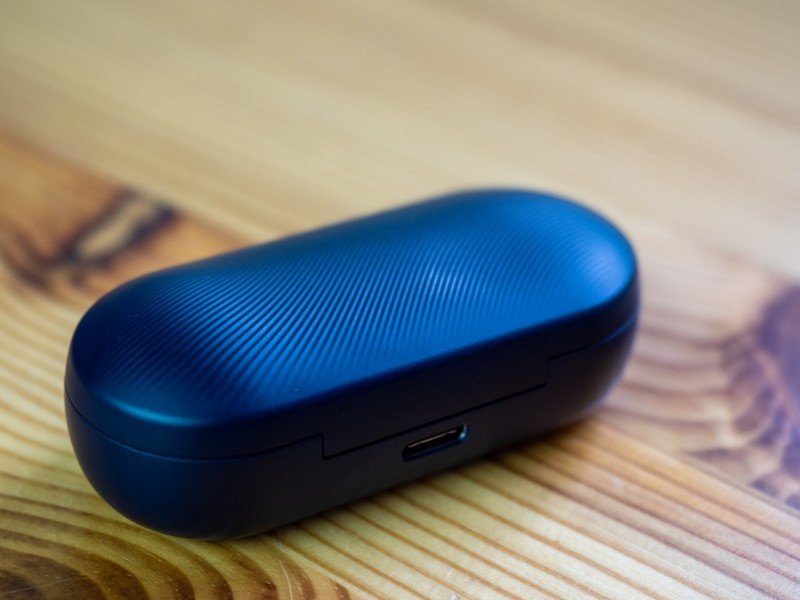
TicMotion is easy to describe: it uses the accelerometer in the earbuds — the same one that engages auto play/pause when removing the buds from your ears — to accept or reject calls by nodding or shaking your head, respectively. And it works! Every time! I tried it multiple times, even as I was walking, and the motion was interpreted correctly. It's a fun way to remove the friction, if you can call it that, from answering a call, but it's not much more than that.
TicHear would be considerably more useful if it worked consistently. Hands-free control of song playback has been on my headphone-most-wanted list forever, and while some earbuds support hands-free voice assistant activation, Mobvoi bypasses all of that chicanery by allowing you to say "play music," "pause music," "next song," "previous song," "pick up," or "hang up." And it works! Most of the time.
Unlike TicMotion, which relies on movement rather than picking up subtle audio cues, TicHear only works when the ambient noise is low. At home, it works every time; while walking outside, when I typically need it most, it works maybe half of the time. On a busy street or a subway platform? Forget it.
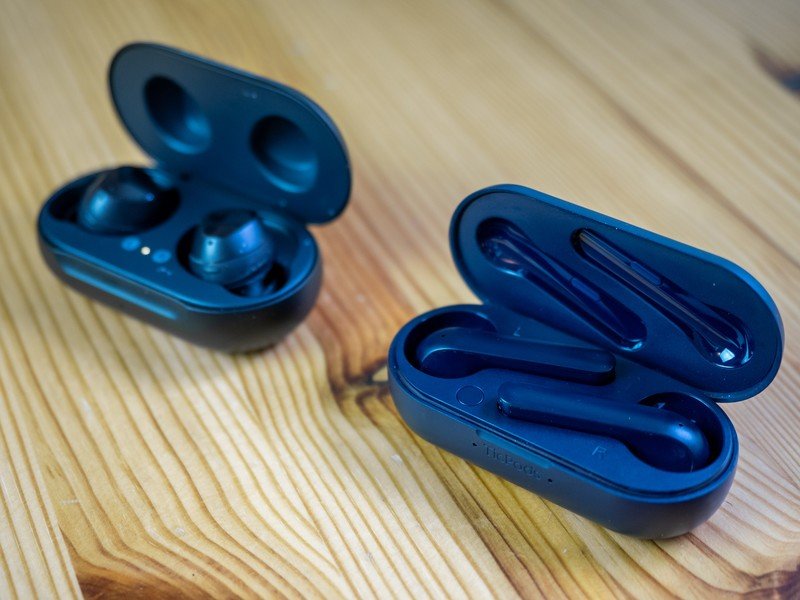
The other issue is that the commands themselves are set in stone; while I'm fine saying "next song" instead of "next track," or "pause music" instead of, you know, "pause song," the presets suffer from what the Mobvoi app suffers from in general: poor Chinese-to-English translations. And because there's no option to alter the presets, it feels like you're stuck in this liminal state waiting for Mobvoi to hire better translators.
Thankfully, you don't need to use these new features at all; the TicPods 2 Pro still support Mobvoi's so-called "tickle" gestures, which involve tapping or moving your finger along the stick portion of each bud to play, pause, or change volume settings. These are considerably more reliable than either of the aforementioned gimmicks, but — and I say this in every headphone review — I still prefer buttons.
TicPods 2 Pro Battery life and connectivity
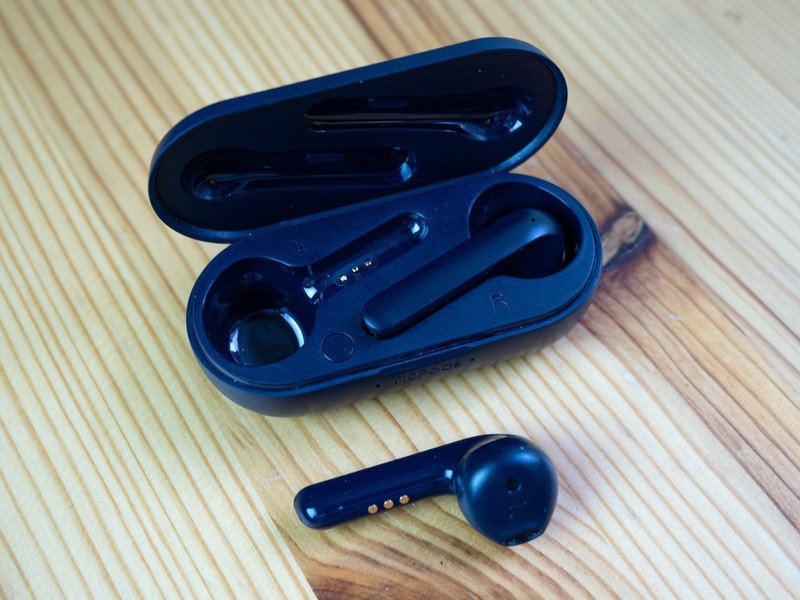
Mobvoi employs Qualcomm chips in its earbuds, which means in addition to supporting conventional codecs like SBC and AAC, they also support aptX and aptX HD on select Android phones. Technically, that should improve sound quality, as aptX HD supports streams of up to 576kbps, but it's all based on the source material — most streaming audio uses variable bitrates that average below 100kbps to ensure a steady stream, and I don't have a Tidal subscription (or any local FLAC files anymore, much to my dismay) to battle test the additional bandwidth.
The TicPods 2 Pro benefit from a strong Bluetooth connection and decent overall battery life when you include the case, but the buds themselves only last for four hours.
Still, the TicPods 2 Pro maintained a strong connection to whatever phone they were connected to, and that's good enough for me. My main connectivity issue, however, is mainly a quotidian one: mono mode is only supported with the left earbud. Most TWEs built on a modern platform support earbud independence; you can use either one independently. But those that still use a relay system, where one is the "parent" and the other the "child," usually designate the right earbud as primary. Here, it's the opposite, and it took me a while to get used to that distinction. Your mileage may vary, though.
Battery life is another source of contention: four hours per charge isn't great, but given the inherent portability of the case, I don't really mind popping a bud back for a few minutes. Unlike the original TicPods Free, the 2 and 2 Pro support USB-C fast charging, and the case offers another four full charges for a total of 20 hours total.
The buds are also IPX4 splash resistant, which are sufficient for runs and other sweat-related activities.
TicPods 2 Pro Are they worth the $140?
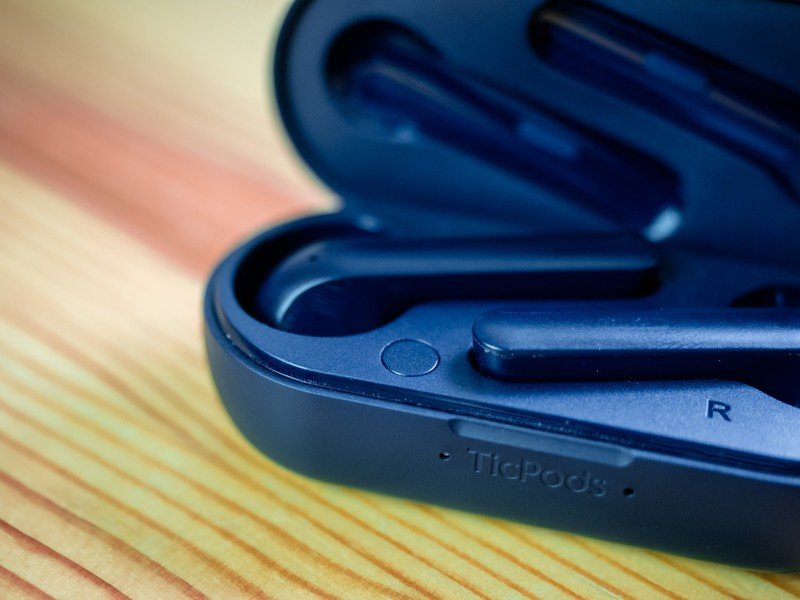
It says a lot that, unlike most true wireless earbuds I test, once I finished reviewing the TicPods 2 Pro I put them back on my shelf and haven't picked them up since. I like their size and appreciate their features, but ultimately the design choices ruin any chance of them staying in my pocket permanently, despite their small size.
I think Mobvoi made a mistake removing the silicon tip from this model and I have no doubt the company will course-correct in its follow-up. In the meantime, you have a lot of options in a similar price range. If Mobvoi's TicPods 2 Pro form factor piques your interest but the AI features don't, the regular TicPods 2 lose TicMotion and TicHear — and $40 from the price tag. For $100, they're a much more compelling buy.
3 out of 5
If you want better-sounding "stick buds," Soundcore's Liberty Air 2 aren't quite as compact but they sound considerably better and boast battery life almost twice as long. Changing up the style a bit, Samsung's Galaxy Buds are reliable and sound great, and are discounted to around $100 right now. And if you can stand Micro-USB charging, Jabra's Elite 65t match the TicPods' $140 price tag but beat them in practically every conceivable metric.
I'm not telling you to avoid buying the TicPods 2 Pro — if you're into the open design and prioritize portability and ease-of-use over sound quality, these could be right up your alley — but there are certainly better options out there for $140.
Daniel Bader was a former Android Central Editor-in-Chief and Executive Editor for iMore and Windows Central.
